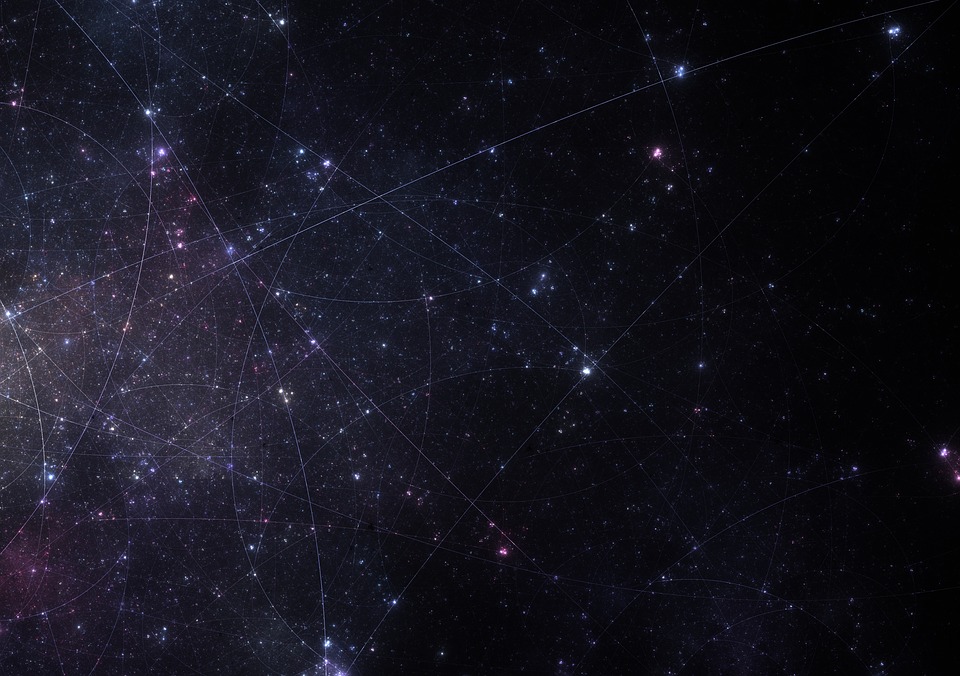Have you ever thought about why is it possible to understand the universe and why are we even here to understand it? Sarah Imari Walker thinks about this question in her philosophical essay entitled “The Descent of Math.” We can make sense of the world via descriptive tools such as mathematics and we can learn how to do math through education. But is this ability a natural product of existence?
In physics, we consider things in terms of where they were at the starting point and how much they have changed based on the laws of physics. If there are at least two possible situations that could happen, then we say there is information in that scenario. In non-living systems, given a fixed starting point, we can have only one possibility which is determined by laws. Since laws are deterministic, therefore we can conclude that the future state of the universe is fixed.
However, biological systems are much less predictable compared to non-living systems and there is no law for determining the next phase. Therefore, there are many possibilities in biological systems.
Biological systems such as the human body carry a lot of information through genetics and interactions with the environment. The future of biological systems is determined by the information that is gained from its most recent configuration. The diversity of possibilities make biological systems unique.
With our current formulation of physics, all of the complexity in our world must be explained using the starting point and physical laws that determine the changes that will occur. Since we do not have the freedom to play with the laws of physics, any explanation we have for why the world is the way it is, and not any other way it could be, must include a specifically determined starting point.
The more complex the world becomes, the more special the initial state must have been to produce it. Moreover, this specific starting point must be more precise as the world becomes more complex, as it, together with the physical laws, determines what exists.
Physically possible states of the world are those that are not forbidden by the laws of physics. Physically accessible states of the world are those that are achievable from a given initial state in the past or in the future.
Walker describes in her essay an idea called “ergodicity.” Ergodicity suggests that anything possible can and will happen as long as it does not deny the laws of physics. It also suggests that each outcome has at least one cause, and these events are linked. We call the outcome and its cause “connected states.”
Of all the possible things created in life, mathematics, language and art are the most highly connected states. Art is related to what we can see, language to the things we can hear, and mathematics to things that we can know through logical reasoning. If only some things are possible, we are most likely to get systems like life. Life is rich with information such as language, art, math, genetics, and more. Information is a special feature of life that sets it apart from the non-living.
In our mode of describing reality, we should not necessarily assume that all possible states are physically accessible – “You can’t necessarily get everywhere from anywhere.” as Walker says. Then, what kind of scenario would allow all possible states to be physically accessible?
There are multiple number of states of the world that are accessible but not determined only by the starting point. Therefore we need more than just the starting point and the physical laws in order to understand and explain them; we need information.
Information about the world allows physical systems to access states of the world and use that information to travel through the possible situations. This framework then suggests that biological systems may actively use information to move among the states of the world. By doing so, we make more states of the world accessible than the ones already encoded in the initial conditions.
Regarding this, math is a natural outcome of the evolution of the universe, which will tend toward states that are increasingly connected to other possible states of the universe, a process greatly facilitated if some physical systems know the rules of the game.
Therefore, with our ability to use mathematics to describe and manipulate the natural world may not be an anomaly or trick, but instead could be a natural aspect of the structure of physical reality.


